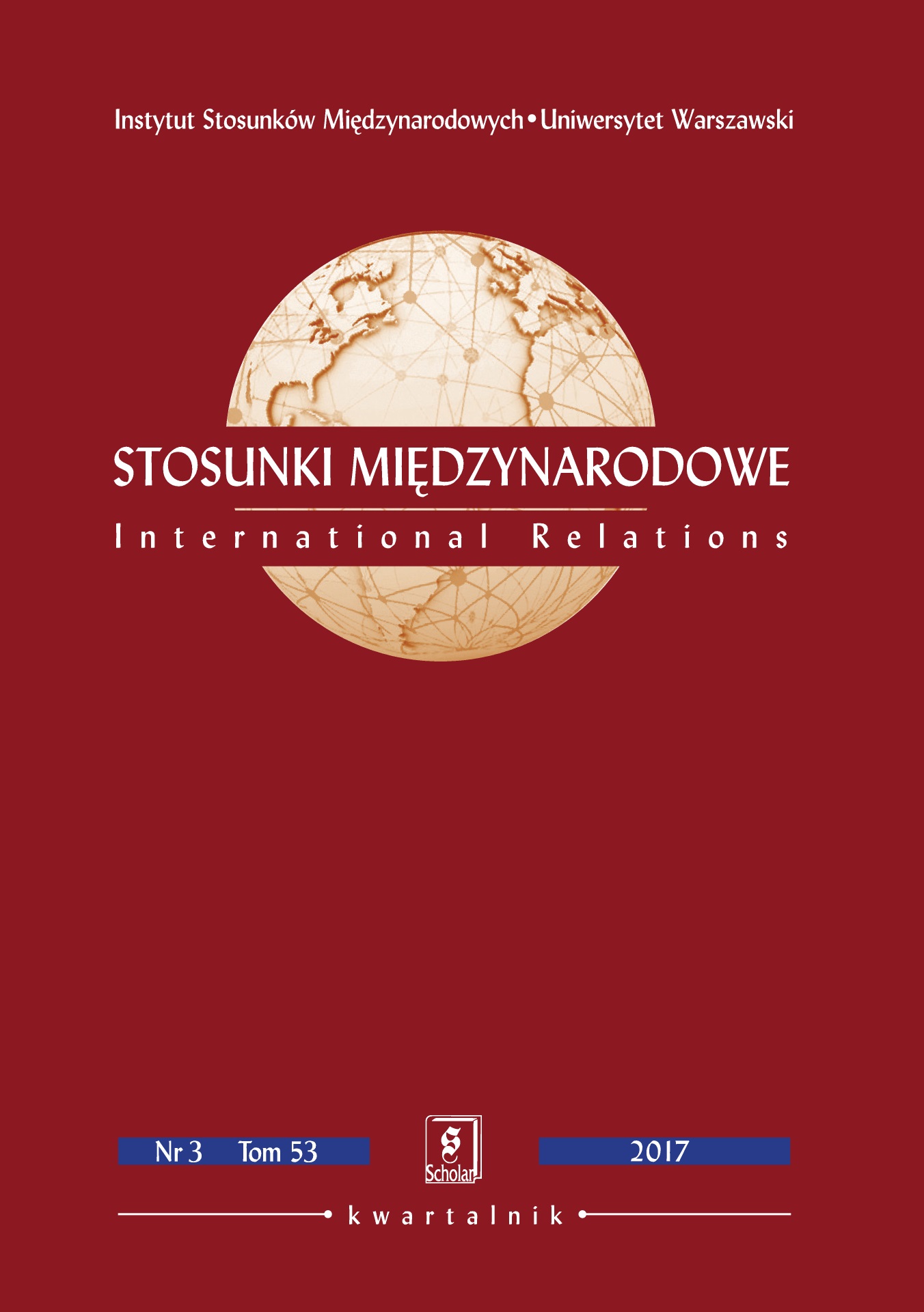
We kindly inform you that, as long as the subject affiliation of our 300.000+ articles is in progress, you might get unsufficient or no results on your third level or second level search. In this case, please broaden your search criteria.


The Archive of St Joseph’s Convent in Kraków contains a collection of musical manuscripts, which have not been studied before. Among books of liturgical use, such as graduals and antiphonaries, there are also small cantionals, full of canto fratto repertoire. The majority of these sources originate from the Convent of Bernardine Nuns in Kraków; however, there are also at least two manuscripts from the Convent in Wilno. The aim of this paper is to present canto fratto repertoire of Benedicamus Domino found in the 18th and 19th century liturgical manuscripts from the Convent of Bernardine Nuns in Kraków. The author indicates sources of studied melodies based on the wide range of liturgical manuscripts from the 18th and 19th centuries – especially from convents of Bernardine Nuns in Poland, as well as from the Convent of Benedictine Friars in Staniątki – and compares it to the dispersal of canto fratto settings of ordinarium missae. Finally, the paper presents complete index of Benedicamus Domino melodies in the annex.
More...
There are many factors influencing a food product selection, even if the most known is health benefits. This study describes the effect size of nine factors such as health, mood, convenience, sensory quality, ingredients, price, energetic value, familiarity and ethical aspects. The most important aspect of each factor was also determinated. A questionnaire was applied on a sample of 95 persons aged between 16 and more than 60 years. The summary statistics and the correlation (r>0,2) were applied using Data Analysis pacgake. The results showed that health benefits and the ingredients have the greatest influence, while the convenience and the energetic value were considered as beeing less important in food choice. The well-being, the taste, the natural ingredients, the good price ratio, the low fat content, the eco-friendly package, the fact that the food product can be bought from shops near their house and people ate it before have a strong contribution in food selection. So, it is important to take all these factors into account when we talk about food aducation and food practices.
More...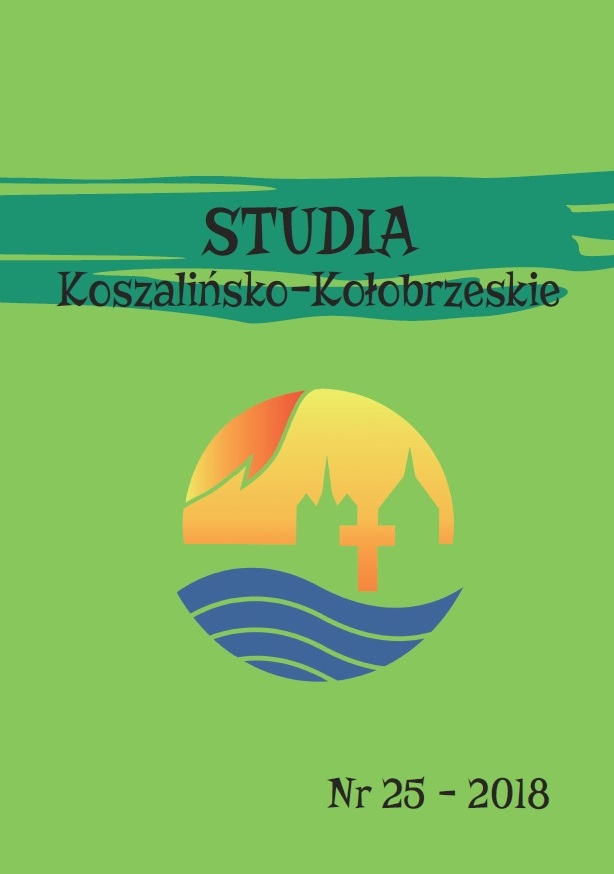


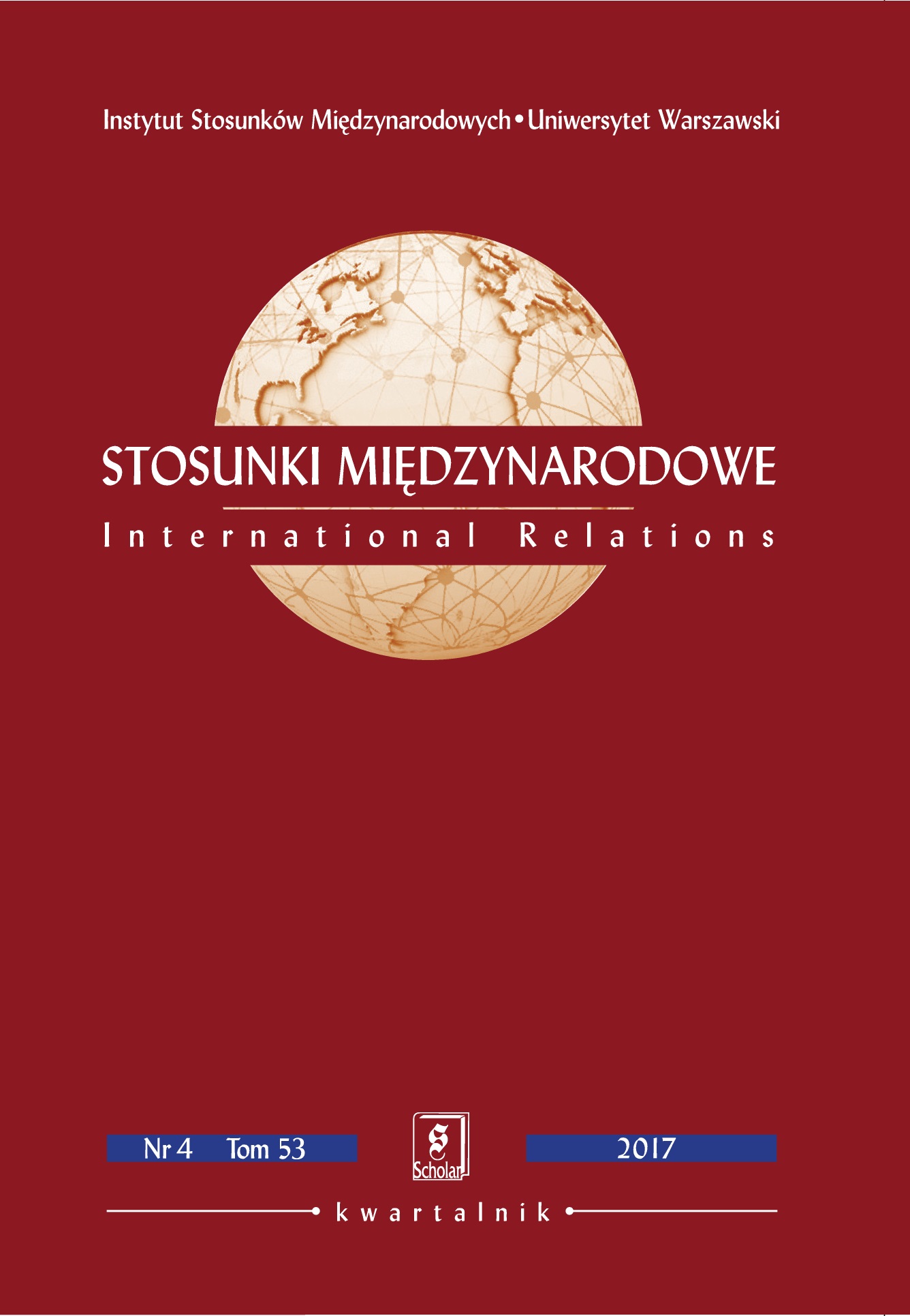


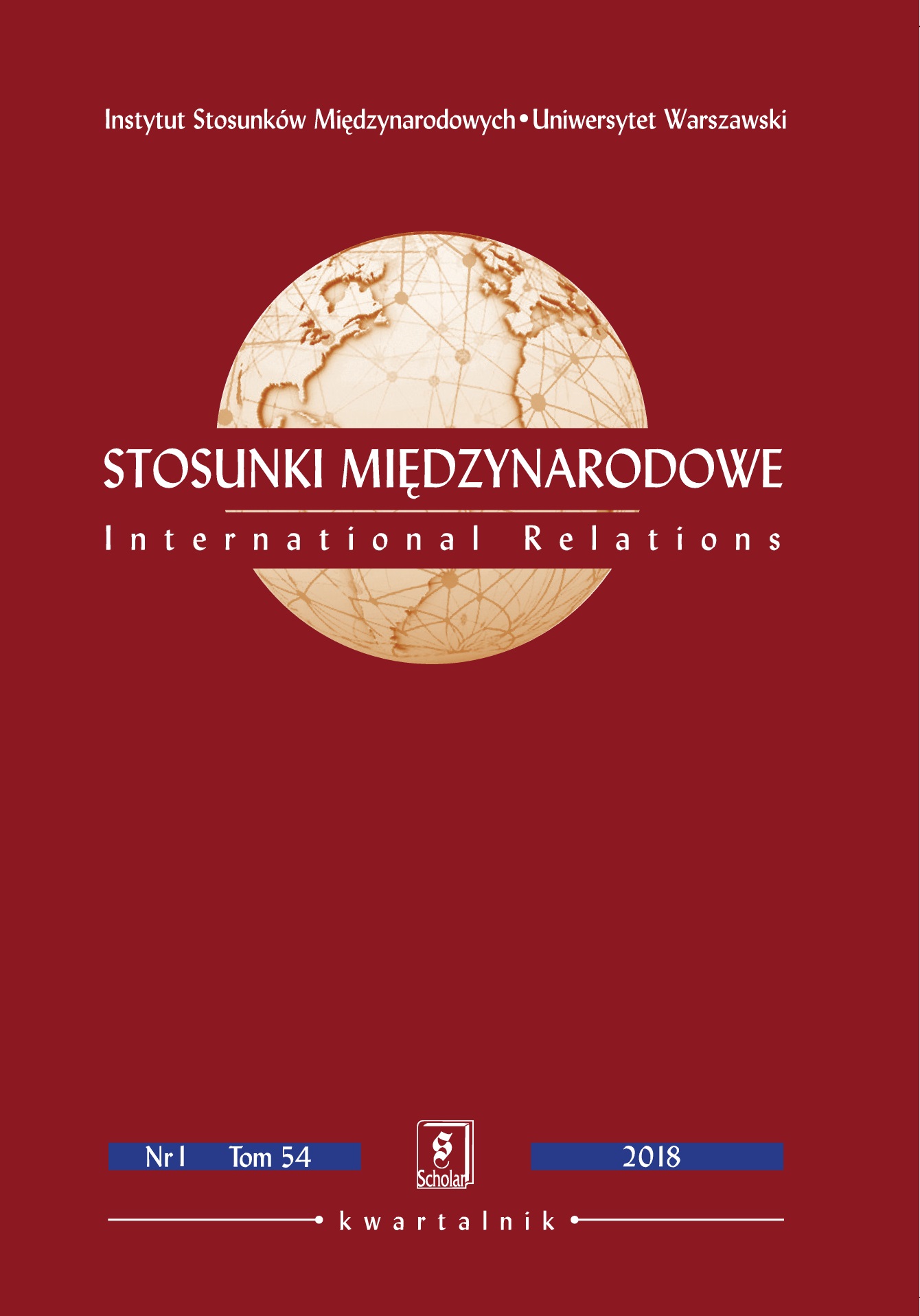




Electronics was born along with the 20th century. Its precursors in communications, telegraphy and telephony, were applications of electrotechnical engineering, which only became electronical after the discovery and adoption of electromagnetic waves as a carrier of information, and particularly after the invention of amplifying vacuum tubes.First communications in Romania via electromagnetic waves were achieved in 1901, virtually at the same time with the accomplishments of Marconi and Popov. The lack of a tradition in electrotechnics, as well as limited resources, caused the evolution of electronics in our country to progress at a different pace, and sometimes with different priorities, than worldwide.This paper aims to succinctly present this evolution for the widely recognized domains of Telecommunications, Professional Electronics, Computer Engineering, Components.While subtitled "milestones", the paper is rather ample, and was therefore split into three sections: - first section refers to the first semicentennial of Romanian electronics, where the four domains are largely commingled, similarly somewhat to the worldwide evolution back then; - second section covers the second half-century of Romanian electronics in Telecommunications; - third section follows the evolution of Professional Electronics, Computer Engineering and Components during the same period.
More...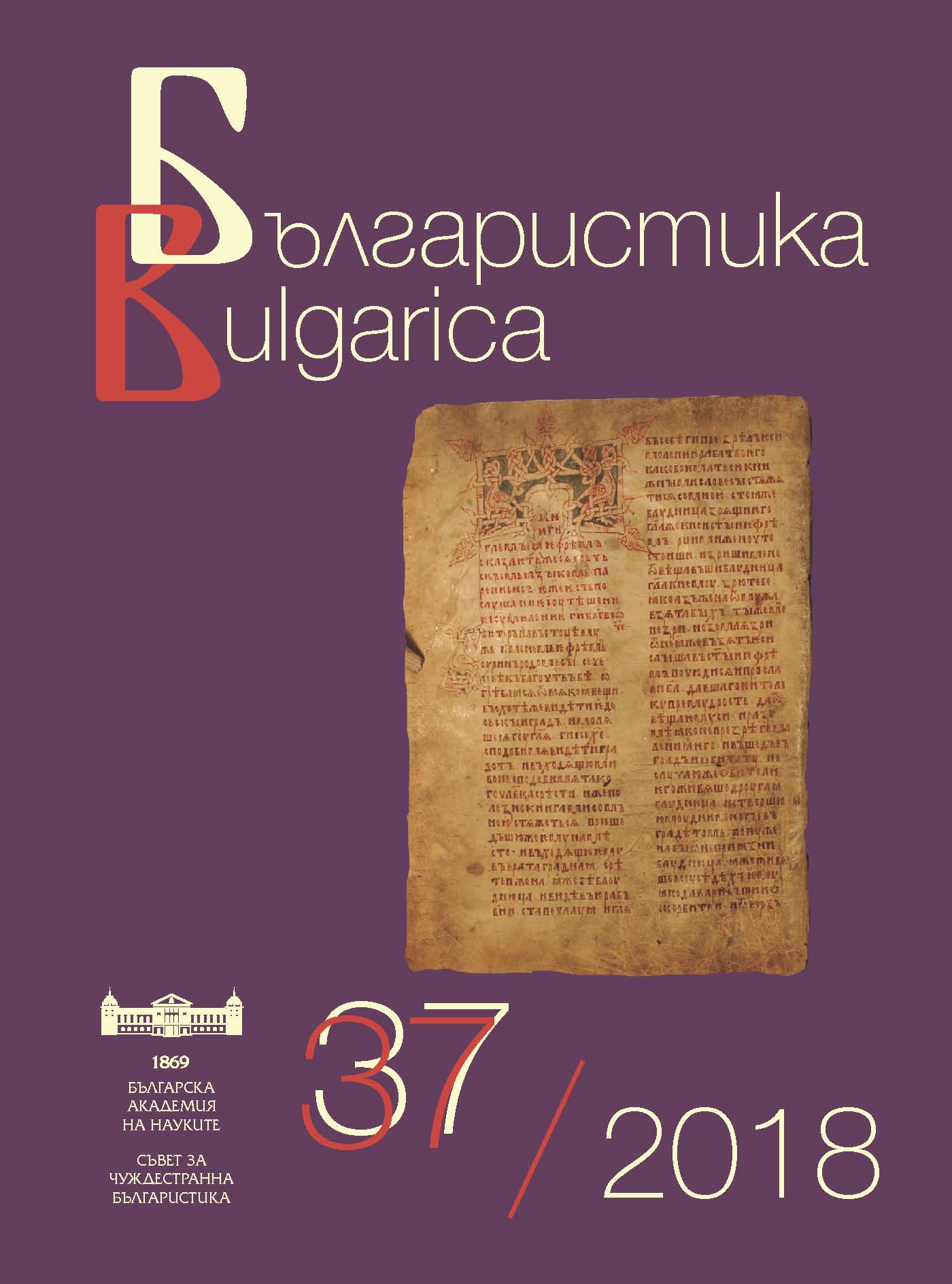
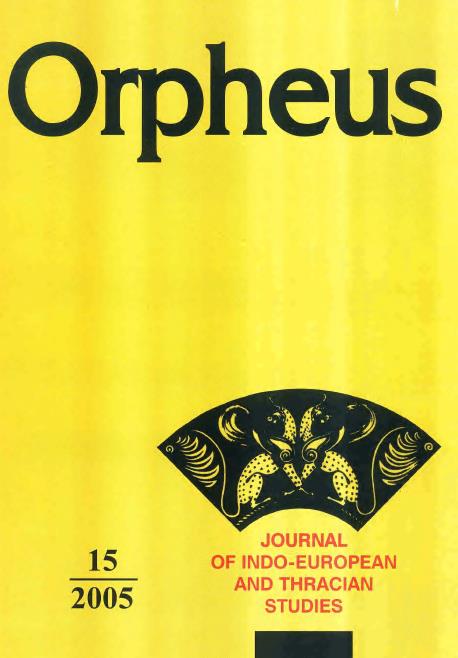
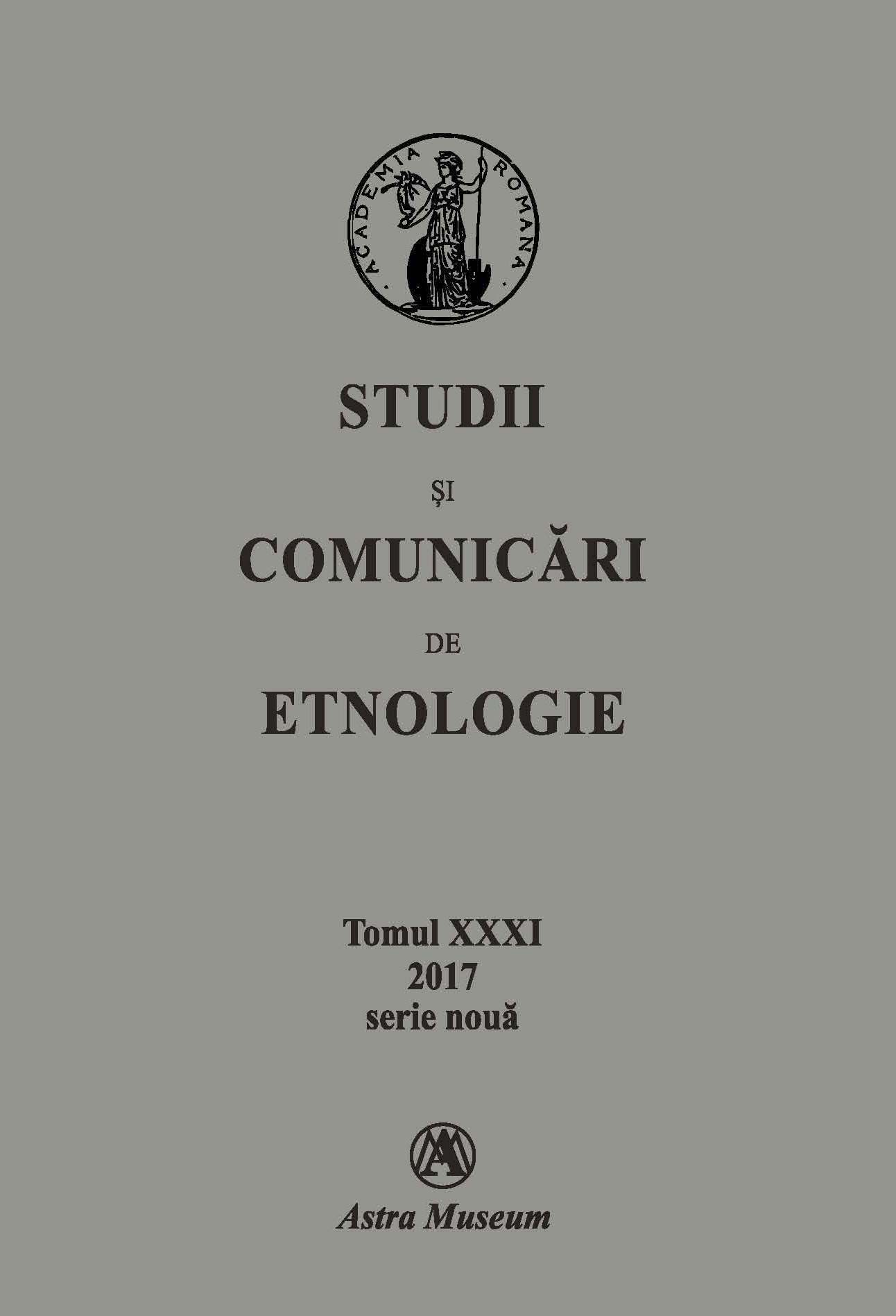
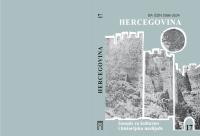
One of the many features of Roman civilization that came to present-day Bosnia and Herzegovina with the arrival of the Romans was writing, and its application in everyday matters. Literacy remains fairly well documented in the form of numerous surviving stone monuments, inscriptions on public edifices and temples, votive and sepulchral monuments and the like. Less attention has been paid to literacy as it applied to everyday life, the keeping of records relating to trade, the army, logistics, public administration and so on. Material evidence of this kind of literacy is to be found primarily in the finds of styli, the subject of this paper. A significant number of styli, or of multi-purpose objects that could have been medical probes or styli, have been found. These were made of bronze (catalogue nos.. 2, 3, 4, 5, 6, 7, 11, 13, 14, 15, 19, 21, 22, 23, 26), iron (catalogue nos. 1, 8, 10, 16, 17, 18, 27, 28), and even of silver (catalogue nos. 9, 20, 25) or gilt (catalogue no. 24). One such object from Narona is a bone stylus (catalogue no. 13). Most are simple in shape, with a sharply pointed tip and a stem with a flattened end, fan-shaped, rectangular or semi-circular in half-section. In some specimens the flattened end was in the same plane as the stem, or was somewhat curved. The pointed tip was used to write on wax, damp clay or other materials that could take an impression, while the other end was used as an eraser. In most cases the stem is of simple workmanship, tapering towards the tip from the thicker eraser end (catalogue nos. 2, 4-9, 13, 14, 15, 20, 26, 28). In a few specimens the stem bears elaborate annular mouldings, lines or rectangular flanges, or was slightly spiral in form (catalogue nos. 1, 3, 10-13, 16-19, 21, 22, 24, 25, 27), which were not only decorative but also helped to prevent the stylus from slipping while in use. For the benefits of literacy to be enjoyed, individual literacy was not limited to incoming officials, managers of mines and administrative centres, military camp commanders, physicians and priests, but also required the presence of a degree of literacy in larger villas such as Višići, Panik, Mogorjelo, and Mušići. The use of writing is known from finds in major urban settlements such as Aquae S. . ., Japra-Majdanište, military camps such as Kastrum near Doboj, the Oborci basilica near Doboj dating from late Antiquity, and many other sites More general literacy in major urban settlements is attested by finds at such Roman towns as Siscia and Narona, examples of which are kept in Bosnia and Herzegovina.
More...